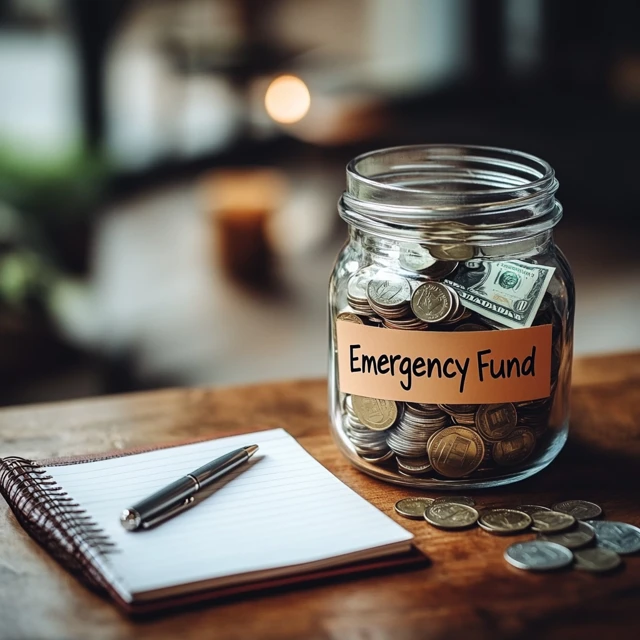
Comparison of American Insurance Companies
A detailed look at various U.S. insurance providers, coverage options, pricing, and tips on choosing the best plan.
Read MoreLife is full of surprises—some pleasant, others not so much. A car breakdown, sudden medical bill, or unexpected job loss can derail your finances if you aren't prepared. That's where an emergency fund shines: it provides liquid, easily accessible money reserved strictly for crises. With this buffer in place, you avoid relying on high-interest debt or tapping into retirement savings.
In this guide, we'll detail how to create your emergency fund from the ground up. We'll cover target amounts, best practices for savings accounts, and strategies to stay committed—no matter your current income or obligations.
In short, a good emergency fund is simple, safe, and sized to sustain your life's baseline costs for multiple months if needed.
Start by calculating essential monthly expenses: rent/mortgage, utilities, groceries, transportation, insurance, and other non-negotiables. Multiply that total by 3 as a basic goal. Over time, aim for 6 months or more to handle larger disruptions.
For instance, if your essential monthly bills total $2,000, an initial target of $6,000 would be a solid start. Once you achieve that, push for $12,000 if feasible. Even if you can only save $50-$100 monthly, consistency eventually adds up.
If you have minimal savings right now, these strategies can jumpstart your emergency fund:
Even small moves create momentum. The main goal is building an initial cushion swiftly, while you refine longer-term strategies.
Not all savings accounts are equal—look for higher yields and easy withdrawals. Some popular options:
The priority is **liquidity** and **safety**—not chasing maximum returns. A fraction of a percent difference in interest is less critical than convenient, penalty-free access.

After you've established a starter emergency fund (often around $1,000-$2,000), keep going to reach your ideal target:
Remember that building a robust fund is a marathon. Regular, small contributions eventually accumulate into a substantial safety net.
Mindful spending and discipline are key. Protect that fund once it's built!
Sometimes, it helps to break down your progress in stages:
| Tier | Goal Amount | Purpose |
|---|---|---|
| Tier 1 | $1,000-$2,000 | Immediate small crises (car repairs, minor medical bills) |
| Tier 2 | 1-3 months' expenses | Job security cushion, short-term layoffs |
| Tier 3 | 3-6 months' expenses | Standard recommended buffer, typical emergencies |
| Tier 4 | 6+ months' expenses | Greater protection for freelancers, single-income families |
Achieve each tier sequentially, recalibrating for your lifestyle and financial obligations. For example, single parents or those in unstable industries may want to move to Tier 4 for peace of mind.
Most experts advise against investing crucial emergency money—market volatility may lock you out of withdrawing at a fair price when you need it. Keep it liquid and safe.
Generally, aim for at least a small starter fund ($1k) while aggressively paying high-interest debt. This ensures unexpected costs don't push you further into debt.
It's best to keep them separate—mixing emergency funds with vacation or wedding savings can muddy the purpose and lead to accidental depletion.
Building an emergency fund from scratch is one of the smartest moves for financial stability. By setting a clear goal, automating small deposits, and safeguarding these funds from everyday spending, you create a reliable cushion against life's curveballs. Whether you start with $20 a week or stash away half your bonus checks, consistency and a bit of discipline will lead to peace of mind.
Remember that saving is a gradual process—celebrate each milestone, regularly reassess your budget, and keep your emergency savings distinct from other financial goals. With a well-stocked fund, you'll navigate unexpected setbacks more confidently and preserve the rest of your long-term financial plans.